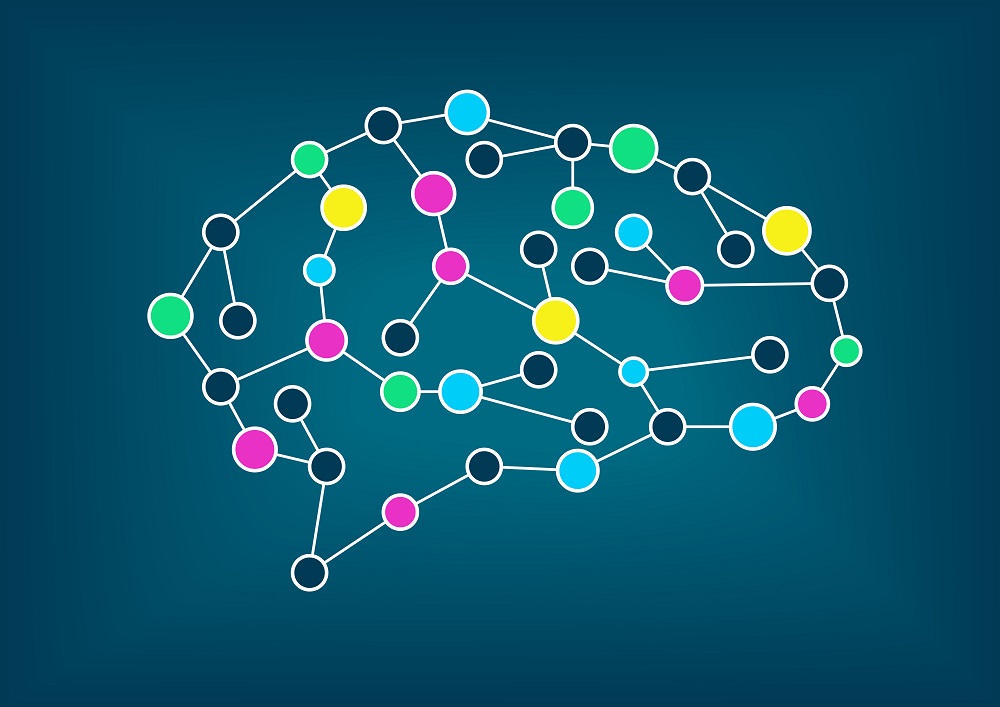One of the hottest trends in the technology sector right now is called machine learning. Startups and enterprises focusing their attention on artificial intelligence often rely on using machine learning to make their products and services smarter and more personalized over time. Having devices learn about their previous experiences and improve their decision-making can lead to powerful innovations over the next few years.
Understanding How Machine Learning Works
Using machine learning is not as straightforward as one would assume. It is not a type of technology that can be applied to any problem in existence right now, as there are certain requirements that need to be met first. Without an existing pattern to infer from, there is no reason to use machine learning in the first place. Moreover, there needs to be enough data to learn from. Assuming these conditions are met, we can then look how machine learning will affect the problem in the first place.
Two main types of machine learning exist today. First, there is Supervised Learning, where the software learns to predict the outcome of an event. The primary objective of this learning technique is to reduce the number of false outcomes that the software predicts. As researchers continually monitor the input data streams and make adjustments if necessary, the technology learns. After it receives a sufficient amount of data and has had enough time to analyze it, the program can be used for more complex data sets and for more difficult tasks.
The second type of machine learning is Reinforcement Learning, that is where the program in question is responsible for all decisions to be made. Depending on how well the program performs, it can be rewarded or punished. This field of machine learning is more complex, as the results of the data analysis are not visible immediately. It is of the utmost importance to have the machine learning algorithm generate the sequences of decisions leading to the highest long-term reward. One primary example is how the iRobot Roomba Vaccum receives negative internal feedback every time it hits an obstacle and learns to avoid it as a result.
Pattern recognition remains the primary use case for machine learning technology today. One good example is how machine learning is being sued by the US Postal Service to recognize handwriting and signatures. As more signatures and handwriting samples are analyzed, the technology will be able to determine if the rightful people are signing for packages. Moreover, these programs can also analyze data samples to identify a person based on their handwriting.
Machine learning can be used to quickly and automatically produce models to analyze bigger and more complex data streams. In turn, machine learning will deliver faster and more accurate results. As more time progresses, the technology will become even better at analyzing data streams, which is why this industry is of such great interest to companies all over the world.
Financial service providers for example, use machine learning to combat fraud. Through the process of data mining, banks and other institutions can identify clients who pose high-low-level risks. Moreover, the banks can use machine learning as a “cyber surveillance tool” to discover warning signs of fraud, and prevent financial harm from being done altogether.
If you liked this article, follow us on Twitter @themerklenews and make sure to subscribe to our newsletter to receive the latest bitcoin, cryptocurrency, and technology news.

